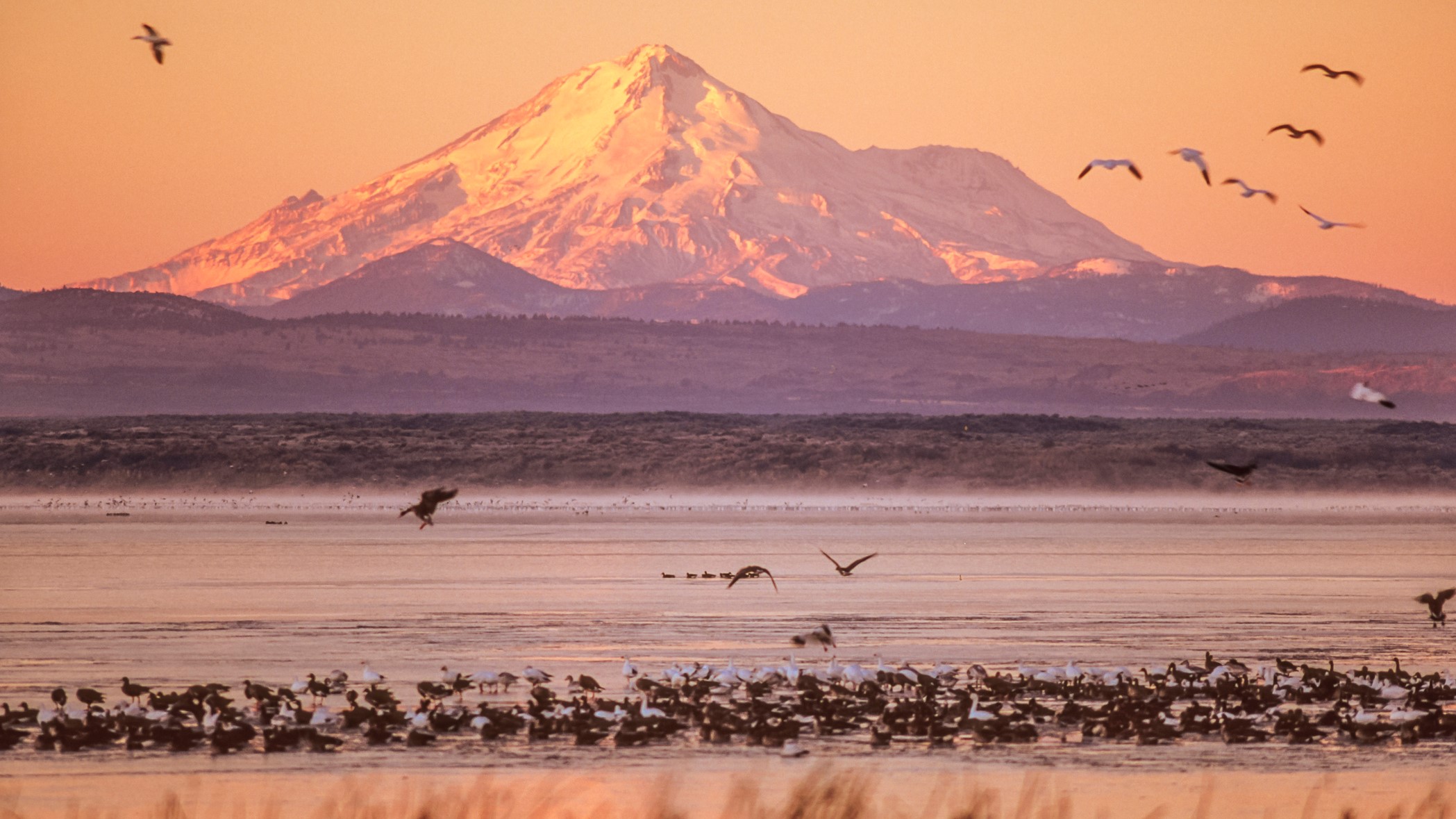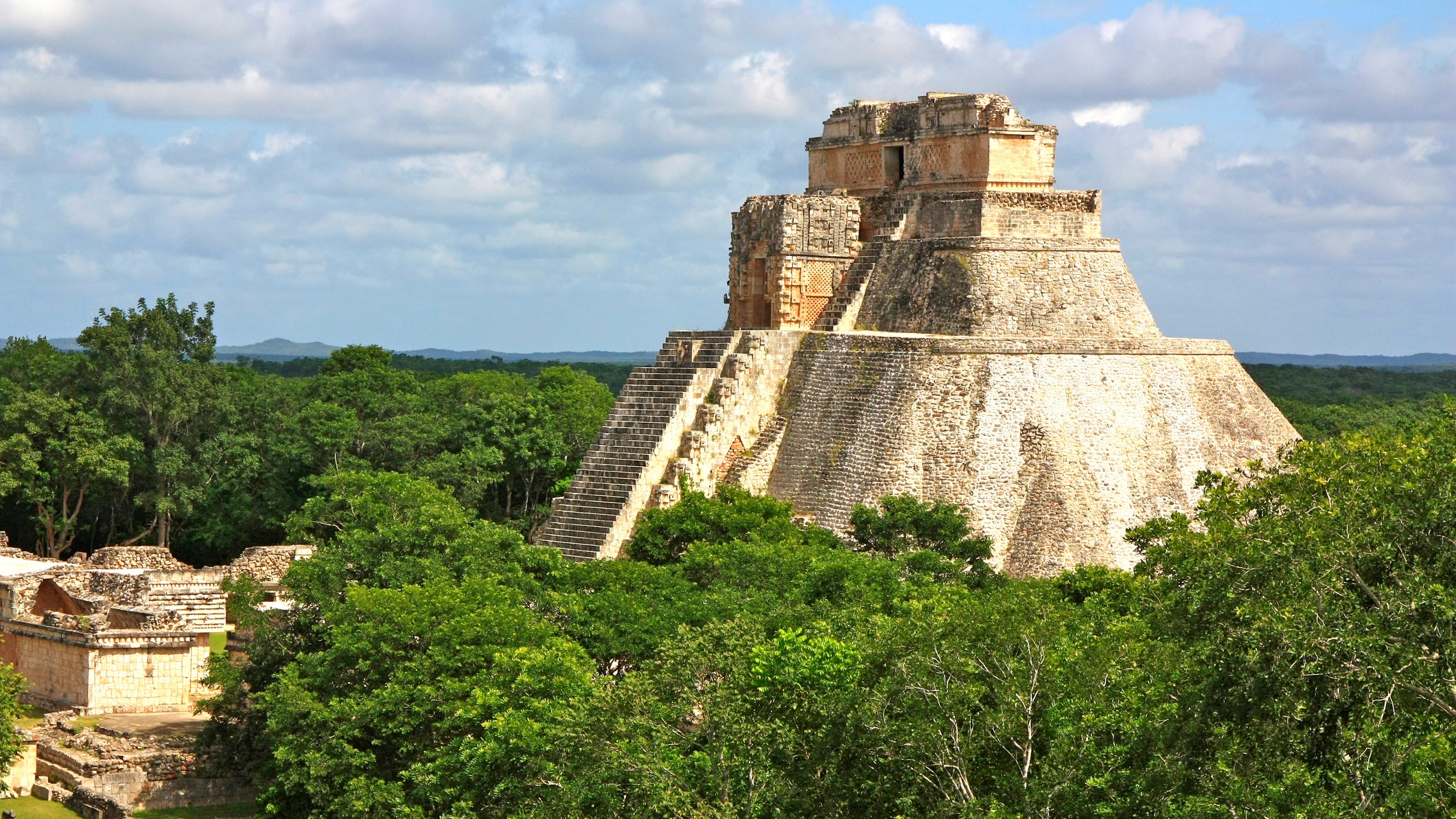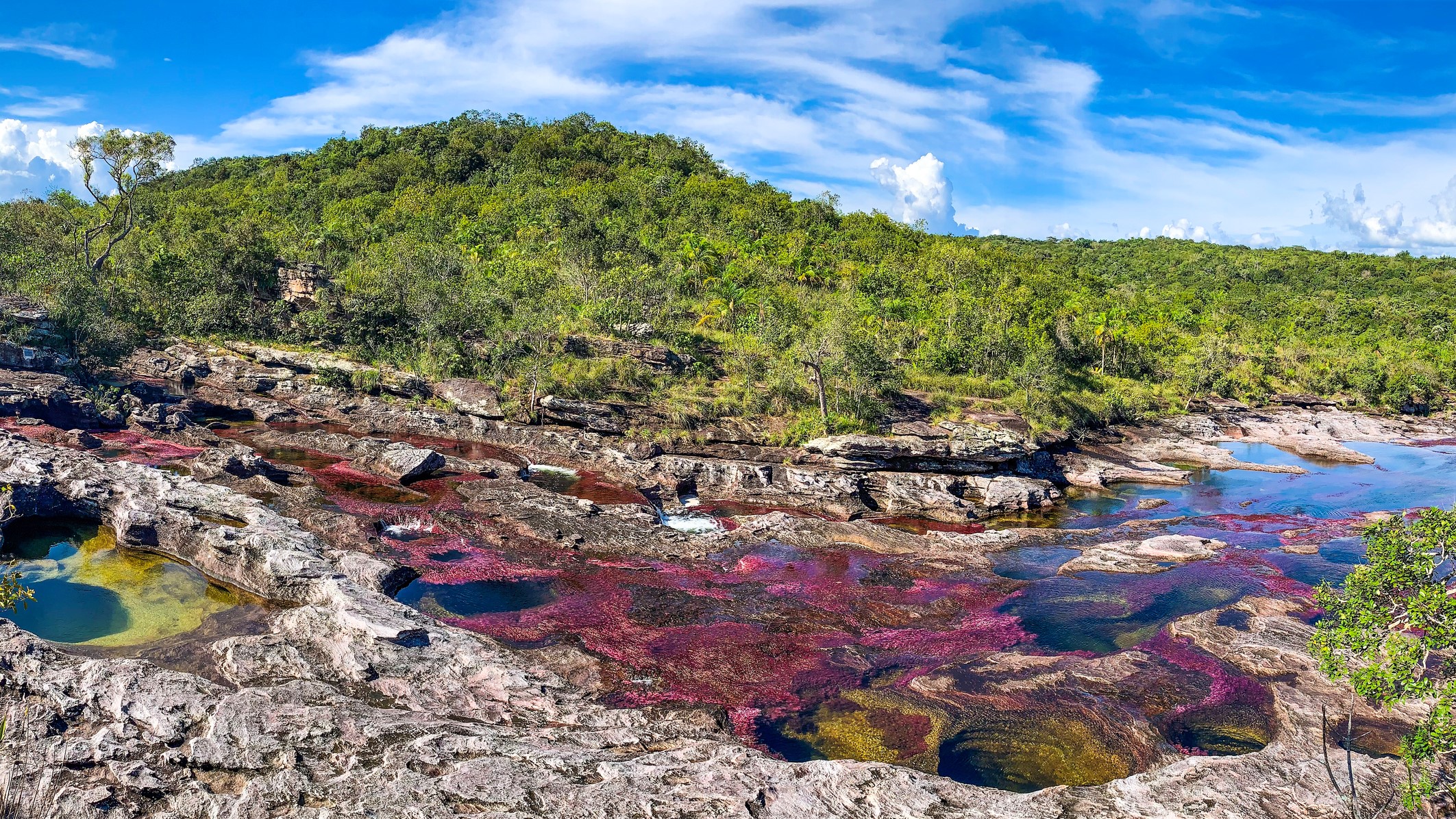10 breathtaking locations to see October 2023's 'ring of fire' annular solar eclipse
From Oregon to Columbia, here are some spectacular locations in the Americas to witness this year's annular solar eclipse.

On Saturday, October 14, 2023, a 'ring of fire' annular solar eclipse will be visible in the Americas, but only to those who make a plan to see it.
Unless you live within a narrow path just 118-137 miles wide in the U.S. — which includes Albuquerque and San Antonio, but no other major cities — you'll see just a partial solar eclipse. Stretching from Oregon through Texas in the US, and on to central and South America, the sight of a ring of light around the moon will be visible from a slew of U.S. National Parks and International Dark Sky Parks.
Bryce Canyon in Utah and Mesa Verde in Colorado will both get a good view, but here are 10 other lesser-known beauty spots that will be perfect locations for this rare event.
All times come from timeanddate and are for the 'ring of fire' only. A partial solar eclipse will begin and end about 80 minutes before and after the ring.
Related: 'Ring of fire' from US national parks: 7 great places to see the annular solar eclipse 2023
The Oregon Dunes
Location: Oregon Dunes Day Use Area, Oregon
Time and duration of 'ring of fire': 9:15
A vast and otherworldly landscape — one of the world's largest coastal sand dunes in the world — awaits you at the Oregon Dunes National Recreation Area between Florence and Coos Bay in southern Oregon.
If you want to be as near to the centreline as possible for a perfect 'ring of fire' as low as it gets to the horizon (just 17º to the southeast) head to the Oregon Dunes Day Use Area, which has facilities. It's also the jumping-off point for the Oregon Dunes Loop Trail, a two-mile round-trip out to the beach and back on a hard-packed surface. Know that it's been cloudy here on October 14 about 58% of the time since 2000, according to timeanddate.
Breaking space news, the latest updates on rocket launches, skywatching events and more!
Tule Lake National Wildlife Refuge
Location: Tule Lake, California
Time and duration of 'ring of fire': 9:18 a.m. PDT, 2 mins, 5 secs
During a solar eclipse, the drop in sunlight begins to become apparent when about 50% of the sun is blocked. Be at Tule Lake National Wildlife Refuge in northern California by 8:30 a.m. and you may begin to see increased activity among the hundreds of species of migrating birds that live here. Either way, it's a scenic place to visit, with the 'ring of fire' about 20º up in the southeast. A good place to be for the longest 'ring of fire' and an overlook view would be the Klamath Basin National Wildlife Refuge Visitor Center's Sheepy Ridge Trail. Timeanddate rate the area as cloudy 38% of the time on October 14 since 2000.
Massacre Rim Dark Sky Sanctuary
Location: northeast of Via, northwest Nevada
Time and duration of 'ring of fire': 9:19 a.m. PDT, 3 mins, 42 secs
If you're after somewhere very remote with scenic vistas and you're prepared for off-grid travel then head to one of the world's best places for stargazing. Recognized as a Dark Sky Sanctuary — land that has an exceptional or distinguished quality of starry nights, according to DarkSky — the Bureau of Land Management (BLM)-run Massacre Rim (recently renamed the Massacre Rim Dark Sky National Conservation Area) is within the traditional territory of the Northern Paiute. It's about 150 miles north of Reno. Dispersed camping is allowed throughout. The eclipse will be 21º above the southeast horizon and the area is cloudy 30% of the time on October 14, according to timeanddate.
Lake Powell
Location: Colorado River, Arizona/Utah
Time and duration of 'ring of fire': 9:30 a.m. MST, 2 mins 8 secs
Page, Arizona lies just south of the southern limit of the path of totality so the only way to experience a 'ring of fire' from Lake Powell is to take to the water. Although it doesn't go all the way to Rainbow Bridge National Monument — the world's highest natural bridge — a Ring of Fire Eclipse Boat Tour will view the eclipse from Lake Powell. It's included in a Ring of Fire Eclipse Lodge Package, staying at Lake Powell Resort. Or you could take a Ring of Fire Eclipse Houseboat Package from Wahweap or Bullfrog Marinas. There is a 20% chance of clouds in this area, according to timeanddate, and the eclipse will be around 31º above the southeastern horizon.
Boulder and Scenic Byway 12
Location: Boulder, Utah
Time and duration of 'ring of fire': 10:27 a.m. MDT, 4 mins 30 secs
A small town in a remote yet spectacular region, Boulder is just shy of the centerline and well-positioned for exploring All-American Road: Scenic Byway 12. Stretching from Panguitch to Torrey, this 122-mile road passes Red Canyon, Kodachrome Basin State Park, the Hogsback, Tropic Shale, Grand Staircase-Escalante National Monument, Escalante Petrified Forest, Anasazi State Park Museum (the latter in Boulder itself) and Capitol Reef National Park.
Related: 10 best events across the US to celebrate the Oct. 14 annular solar eclipse
Canyon of the Ancients National Monument
Location: Montezuma and Dolores counties, Colorado
Time and duration of 'ring of fire': 10:31 a.m. MDT, 3 mins 0 secs
Only the southwest corner of Colorado is visited by the path of annularity, but it crosses some spectacular landscapes. Mesa Verde National Park is sure to be busy for the eclipse, but just south and overlooked by many is Canyons of the Ancients National Monument. Packed with kivas, cliff dwellings, shrines, petroglyphs and many other indigenous archaeological sites, it's on Bureau of Land Management (BLM) land so dispersed camping is allowed. Don't miss the Canyons of the Ancients Visitor Center and Museum in Dolores.
Petroglyph National Monument
Location: Albuquerque, New Mexico
Time and duration of 'ring of fire': 10:34 a.m. MDT, 4 mins 48 secs
'Ground zero' for this eclipse will be Albuquerque, where the Albuquerque International Balloon Fiesta is being held. It's also one of the easiest cities to fly into. If you find yourself in New Mexico's capital but want somewhere scenic and quieter to watch the eclipse consider Petroglyph National Monument. About eight miles from central Albuquerque, there are four hiking trails and the eclipse will be 36º up in the southeast. This spot is rated as having 25% chance of cloud by timeanddate.
Stonehenge II
Location: Ingram, Texas
Time and duration of 'ring of fire': 11:50 a.m. CDT, 4 mins 9 secs
There may be no solar eclipse at the real Stonehenge in England for 370 years, but this replica of the 5,000 years old monument in the Texas Hill Country will get two in six months. On the campus of the Hill Country Arts Foundation since 2010, $20 gets you a parking spot nearby on October 14, 2023, with the eclipse 46° up in the southeast. There's a 57% chance of cloud according to timeanddate. It's also worth knowing that this site is at the crossroads of the two eclipses, so come back on April 8, 2024, and you can experience 4 minutes 25 seconds of totality.
Uxmal Ancient Maya City
Location: Yucatan Peninsula, Mexico
Time and duration of 'ring of fire': 11:23 a.m. CST, 3 mins 46 secs
As well as eight states in the US southwest the path of this eclipse also surges across Mexico, Belize, Honduras, Nicaragua, Panama, Colombia and Brazil. One irresistible destination is the pyramids of the Uxmal Archaeological Ruins Zone, an ancient Mayan city on Mexico's Yucatan Peninsula. A little over an hour's drive south of Mérida, the main reason to go is for the pyramids, though they can no longer be climbed. Don't miss Chichén Itzá nearby, though it's just outside the path of this eclipse. The greatest eclipse will occur when the sun is located around 61° above the horizon. Know that Uxmal was cloudy for 90% of the time on October 14 since 2001, according to timeanddate.
Caño Cristales
Location: Serrania de la Macarena, Columbia
Time and duration of 'ring of fire': 13:39 a.m. COT, 4 mins 52 secs
Also known as the River of Five Colors and the 'liquid rainbow', Columbia's Caño Cristales (Chrystal Channel) in the Colombian National Park of La Macarena will be at its brilliant best during October. The eclipse will be 58º up in the southwest above the area's reddish river, rapids and waterfalls (the cooler is caused by the macarenia clavigera plant). According to timeanddate the Caño Cristales region has an 80% chance of being cloudy on eclipse day.

Jamie is an experienced science, technology and travel journalist and stargazer who writes about exploring the night sky, solar and lunar eclipses, moon-gazing, astro-travel, astronomy and space exploration. He is the editor of WhenIsTheNextEclipse.com and author of A Stargazing Program For Beginners, and is a senior contributor at Forbes. His special skill is turning tech-babble into plain English.








